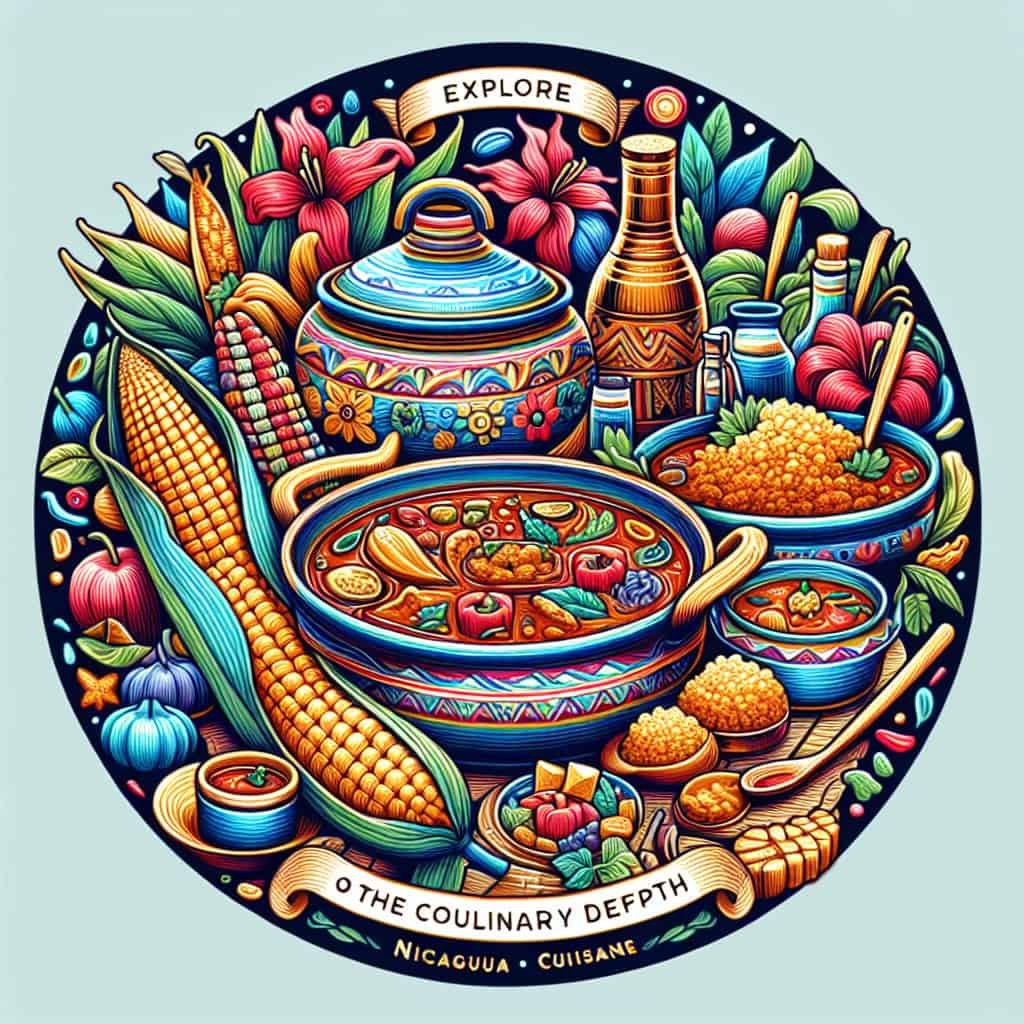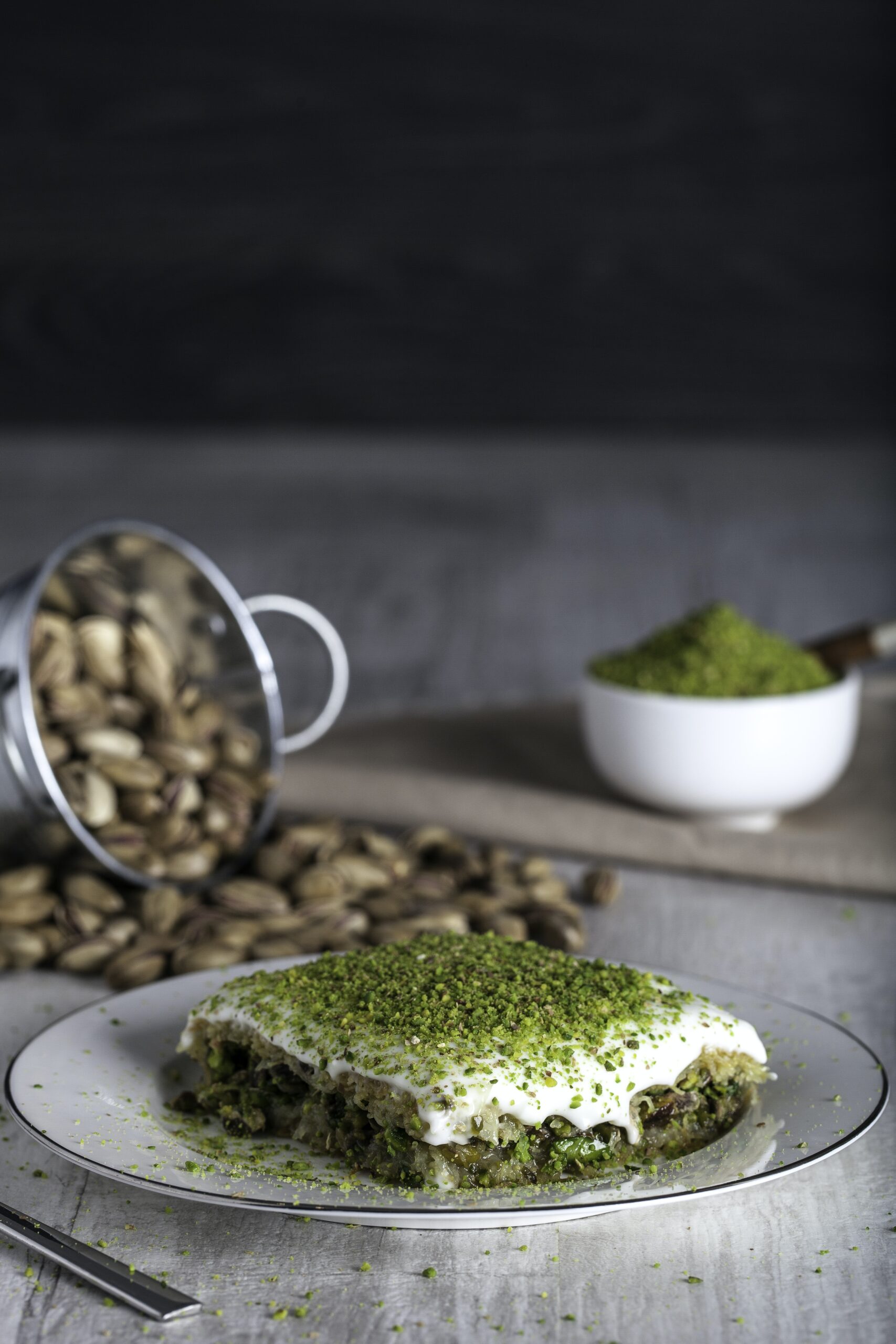Nicaragua, with its rich history and diverse cultural heritage, boasts a culinary tradition that is just as fascinating. You may be wondering if there are any traditional Nicaraguan dishes that can be traced back to indigenous roots or influenced by their vibrant culture. In this article, we will explore the fascinating blend of flavors, ingredients, and techniques that make up Nicaraguan cuisine, uncovering the hidden gems that have been passed down through generations and celebrating the indigenous contributions that have shaped this delicious culinary landscape. From corn-based delicacies to delectable meat dishes, get ready to embark on a tantalizing journey of flavors that pay homage to Nicaragua’s indigenous heritage.

Traditional Nicaraguan Dishes
Nicaraguan cuisine is a vibrant reflection of the country’s rich cultural history and diverse indigenous roots. The traditional dishes of Nicaragua showcase a harmonious blend of indigenous flavors and techniques, influenced by the Pre-Columbian era and the Mesoamerican culinary traditions. From the beloved corn tortillas to the hearty gallo pinto, the flavorful nacatamales to the savory indio viejo, Nicaraguan cuisine is a culinary journey that celebrates the country’s indigenous heritage and flavors.
Corn Tortillas
Corn tortillas hold a special place in the hearts and stomachs of Nicaraguans. Originating from indigenous cultures, corn tortillas have been a staple in Nicaraguan cuisine for centuries. The significance of corn in indigenous traditions cannot be understated, with corn being considered sacred and symbolizing life and fertility.
The preparation of corn tortillas involves grinding dried corn kernels into masa, a dough-like consistency. The masa is then shaped into small disks and cooked on a hot griddle until golden and slightly charred. The process is simple yet labor-intensive, requiring skill and patience. Corn tortillas are not only a versatile staple on Nicaraguan tables but also a symbol of cultural identity.
In Nicaragua, corn tortillas come in various forms and sizes. Some are thinner and more pliable, ideal for wrapping fillings and making tacos. Others are thicker and have a chewier texture, better suited for sopping up stews and sauces. Regardless of the variation, corn tortillas are an essential component of Nicaraguan cuisine.
Gallo Pinto
Gallo pinto, the national dish of Nicaragua, is a flavorful combination of rice and beans. This beloved dish has deep indigenous roots and has been a staple in Nicaraguan kitchens for generations. The name “gallo pinto” translates to “speckled rooster” in English, referring to the specks of rice and beans mingled together, resembling the colors of a rooster’s feathers.
The origins of gallo pinto trace back to the indigenous peoples of Nicaragua, who cultivated beans and rice as dietary staples. Over time, gallo pinto became woven into the cultural tapestry of the country, transitioning from humble sustenance to a beloved national dish.
The preparation of gallo pinto involves cooking rice and beans separately and then combining them to create a flavorful medley. The dish is further enhanced with a variety of seasonings, including onions, garlic, bell peppers, and cilantro. Gallo pinto is often enjoyed alongside other traditional Nicaraguan dishes, such as fried plantains or queso fresco.
Nacatamales
Nacatamales are a traditional Nicaraguan dish that showcases the creativity and culinary skill of the indigenous peoples. These hearty and flavorful parcels are made from masa dough, filled with a tantalizing combination of seasoned pork or chicken, rice, potatoes, tomatoes, and a generous array of spices and herbs. The filled masa is then wrapped in banana leaves and steamed to perfection.
The origins of nacatamales can be traced back to the indigenous tribes of Nicaragua, who were known for their culinary prowess and ability to transform simple ingredients into delectable creations. Nacatamales were traditionally prepared during special occasions and celebrations, serving as a communal dish that brought families and communities together.
Preparing nacatamales is a labor-intensive process that often involves multiple individuals working harmoniously together. The banana leaves not only add a distinct flavor to the dish but also serve as a natural wrapper, infusing the nacatamales with a subtle earthy aroma.

Indio Viejo
Indio viejo, meaning “old Indian” in Spanish, is a dish that has historical and cultural significance. It is a flavorful and hearty stew that combines shredded beef or chicken with a medley of spices, vegetables, and citrus juices.
Indio viejo is considered a dish with indigenous roots, tracing back to the indigenous tribes of Nicaragua. The dish was traditionally prepared using cazabe, a type of cassava bread, which was soaked in water until it disintegrated, forming a thick base for the stew. Over time, cornmeal became the more common substitute for cazabe.
The dish gets its unique flavor from the inclusion of sour oranges or lime juice, which adds a tangy note to the rich and savory stew. Indio viejo is often served with corn tortillas or rice, allowing diners to savor the robust flavors and hearty textures.
Pre-Columbian Era
The Pre-Columbian era in Nicaragua was characterized by the presence of several indigenous cultures, each contributing to the rich tapestry of traditional Nicaraguan dishes. These cultures, such as the Miskito, Chorotega, and Niquirano, relied on the abundant resources of their respective regions to cultivate a diverse range of crops and develop unique cooking techniques.
These early indigenous cultures cultivated maize, beans, squash, and cacao, forming the foundation of their diets. They developed sophisticated farming methods, including terraced agriculture and the cultivation of chinampas, or floating gardens. The indigenous peoples of Nicaragua also utilized innovative cooking techniques such as steaming, roasting, and grinding ingredients to create flavorful dishes.
The arrival of the Spanish colonizers during the 16th century brought about significant changes in the culinary landscape. Spanish ingredients and cooking techniques were introduced, leading to a fusion of indigenous and Spanish flavors and trademarks such as the use of pork, beef, and dairy products.

Mesoamerican Influence
The Mesoamerican region, which encompasses present-day Mexico and parts of Central America, including Nicaragua, had a profound influence on Nicaraguan cuisine. Mayan and Aztec culinary traditions played a significant role in shaping the flavors, ingredients, and cooking techniques that are still present in traditional Nicaraguan dishes today.
The Mayans and Aztecs were skilled farmers who cultivated crops such as maize, beans, squash, and chili peppers. These ingredients formed the foundation of their cuisine and were incorporated into various dishes. The exchange of culinary knowledge and ingredients among the Mesoamerican cultures further enriched the culinary landscape of Nicaragua.
Culinary techniques such as nixtamalization, the process of soaking and cooking maize in an alkaline solution, were introduced by the Mayans and Aztecs. This process enhanced the nutritional value of corn and made it easier to grind into masa, which became the base for numerous traditional Nicaraguan dishes.
Indigenous Ingredients
Nicaraguan cuisine is defined by the use of indigenous ingredients that have been cultivated and cherished for centuries. These ingredients are not only integral to the flavors of traditional dishes but also represent the cultural significance and connection to the land.
Corn, or maize, holds a special place in Nicaraguan cuisine and is considered the “grain of life.” It is used to make various dishes, including tortillas, tamales, and atol, a traditional drink. Beans, particularly red beans, are another staple ingredient in Nicaraguan cuisine, providing protein and substance to many traditional dishes.
Chili peppers and aromatic herbs such as cilantro, oregano, and annatto seeds add depth and spice to Nicaraguan dishes. Root vegetables like yuca, sweet potatoes, and taro root feature prominently and contribute to both savory and sweet dishes. Tropical fruits like mangoes, bananas, and papayas bring a burst of freshness and sweetness to Nicaraguan cuisine.
These indigenous ingredients continue to be revered and celebrated for their contribution to the diverse and flavorful traditional dishes of Nicaragua.

Modern Fusion Dishes
While traditional Nicaraguan dishes hold deep roots in indigenous culture, contemporary Nicaraguan cuisine has also embraced various influences from other cultures. The fusion of flavors and techniques from different regions has resulted in a vibrant and diverse culinary landscape.
In recent years, Nicaraguan chefs have been exploring new culinary horizons, incorporating international flavors and techniques into traditional dishes. This fusion has given rise to unique and innovative dishes that still pay homage to the indigenous roots of Nicaraguan cuisine.
The influence of other cultures, such as Spanish, African, and Caribbean, can be seen in dishes like vigorón, a traditional dish consisting of fried pork rinds, yuca, and pickled cabbage. Other fusion dishes incorporate global ingredients, such as seafood, cheeses, and spices, into traditional Nicaraguan recipes.
These modern fusion dishes showcase the evolution and adaptability of Nicaraguan cuisine, while still acknowledging and embracing its indigenous roots.
In conclusion, traditional Nicaraguan dishes bear witness to the country’s indigenous roots and vibrant culinary history. From the humble corn tortillas to the hearty gallo pinto, the flavorful nacatamales to the savory indio viejo, each dish tells a story of culture, heritage, and the deep connection of the Nicaraguan people to their land. Whether enjoying a simple meal at home or savoring the flavors of Nicaraguan cuisine in a local restaurant, one can taste the rich tapestry of indigenous influences woven into every bite. Nicaraguan cuisine is a true reflection of the country’s cultural diversity and an acknowledgment of the indigenous roots that have shaped its culinary traditions.
